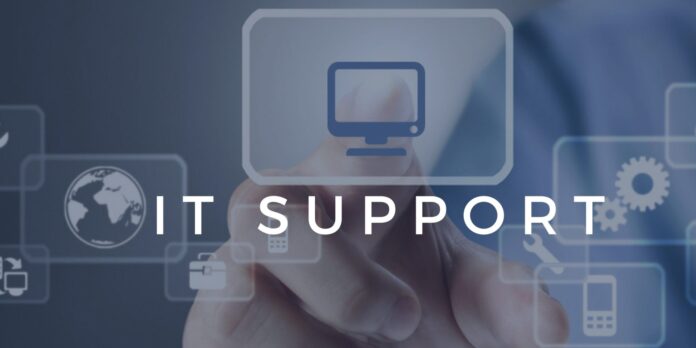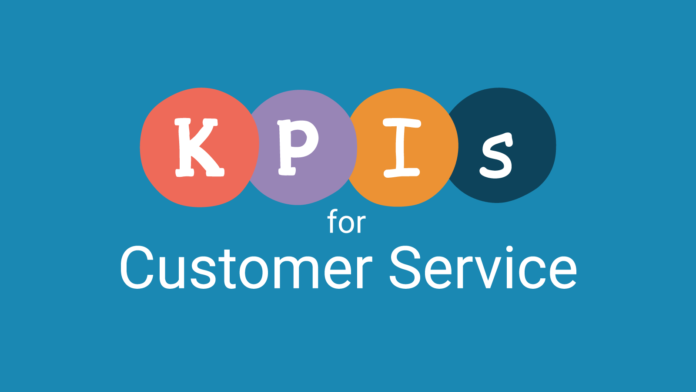To maintain a high quality of customer support, it’s necessary to respond as quickly as possible to customer inquiries. But what to do when there are more calls than there are employees who can get involved in solving the client’s issue? In this case, you need to take urgent appeals, and less significant appeals should be postponed.
To solve this problem, different support levels are implemented in the system, and txt.me is one of the simplest tools helping you deal with such an issue. The mechanism allows you to set different time frames for different customers and types of appeals.
How Different Support Levels Work

Why The First Level Of Support Is Needed
This level of support advises users on the functionality of devices and programs. It’s required to solve non-complex technical problems, often by connecting remotely.
Thanks to this level, the following tasks are solved:
- Receiving the most accurate request from the client – specialists must clearly understand what kind of user’s task needs to be solved;
- Filtering the request and redirect it to another department, if it isn’t a technical support task;
- Assessing the task complexity;
- Solving the problem independently or redirecting the request.
Besides, the first level is to ensure the psychological comfort of the user. That is, the specialist takes on the protection function where the client reacts emotionally to difficulties in working with the product. After the conversation, tension of the client decreases, there is confidence that the problem will be solved, the specialists are interested in helping, and the algorithm of further actions is clear.
The first support level should have a minimum set of knowledge and skills required to solve standard user tasks. It can even solve some of the user’s questions. But it’s important not to confuse this line with dedicated specialists. Depending on the industry and the company’s technology, the first level can close up to 80% of requests. But this is done through pre-prepared “solutions for typical problems”. Moreover, the first level doesn’t deal with field work.
What’s more, the first level organizes such processes as, for example, the arrival of a specialist or replacement of equipment, in cases where such a need is obvious.
Why The Second Level Of Support Is Needed
This level resolves technical issues that require in-depth knowledge and special access. Those who specialize in this level are required to know perfectly how the product works.
This level solves the following tasks:
- Carrying out diagnostics of the device or program operation;
- Detecting the cause of the problem;
- Helping users eliminate the error;
- Performing a set of measures to solve the problem;
- Making appointments for specialist visits or equipment replacement.
These specialists can also connect to users remotely, but besides that, these employees have wide access rights to specialized systems and can make changes on the code level.
Why The Third Level Of Support Is Needed
A specialist working on this level fixes serious bugs, reveals vulnerabilities, and informs developers about required updates.
This level is required to complete these tasks:
- Solving problems that the second level couldnt handle;
- Identifying the cause of the incident;
- Working with the vendor of the equipment and software to eliminate the causes of the problem if the cause is in them.
Why The Fourth Level Of Support Is Needed
This support level handles the improvement of the product, both independently and with the involvement of third-party resources, such as suppliers.
The key tasks of this level include the following:
- Analyzing how the product works;
- Analyzing the needs of users;
- Creating improvement projects;
- Collaborating with vendors to develop joint solutions.
- Performing finalization.
This division is often relative in practice. For example, the first and second support levels can be merged together, responsible for working with users, and the third and fourth ones handle development.
Furthermore, the third and fourth levels may be the development department and be on the customer side.
However, regardless of whether the service is formally divided into four levels, they all exist in one way or another and user support work affects them all.
KPIs For IT Customer Support Levels

The IT support KPIs often draw analogies between first level employees and call center dispatchers, where the following criteria apply:
- Number of requests processed;
- The duration of the response to the request;
- Processing time of the incoming flow;
- The number of requests that are closed at the first call.
The work of the specialists of the following levels is evaluated by such metrics:
- Number of calls processed;
- Time of work to solve each incident;
- The evaluation of requests left by the user.
It’s essential to understand that the KPIs of the second, third, and fourth levels are defined by quality, not quantity.
How To Implement Different Support Levels
Step 1: Define Your Purpose
What does your business need customer support for and does it require implementing different levels? By answering this question, you will set a goal. For example, you lease equipment and provide support services. The platform allows you to control the relationship between you and the tenant so that you reduce downtime in the event of a breakdown, and not waste time dealing with replacement equipment or liquidated damages.
Step 2: Think Through The Route Of Closing Requests In The Company
You need specialists with different competencies to process requests quickly. For simple inquiries, entry-level specialists who are easy to train and introduce to the workflow are fine. To process complex requests, you need experts who know their job, are qualified and prepared for any difficulties.
That’s why allocates different support levels, allowing you to distribute requests of different complexity between specialists of different qualifications.
Step 3: Sell This Idea To Your Employees

You need to “sell” your innovations. First, employees think that different support levels are only necessary to increase control over implementing tasks or, worse, to reduce them. Neither option is enjoyable, so it may come to sabotage the work in the new system.
You have to explain to them that this technology ensures that non-core tasks will be removed from the most competent employees, and newcomers or less competent specialists can negotiate the order of transferring a customer request to another or a subsequent support level.
Step 4: Create Interaction Rules Between Different Levels
According to these rules, the client request moves to different levels so that the problem is solved quickly. To succeed, you need to work out the general rules that differentiate requests by period and are divided into categories. You also have to understand under what conditions you need to involve colleagues from subsequent support levels.
When you have the rules for data exchange, you can quickly make the work with requests from users automatic, eliminating the human factor on routine tasks.
Step 5: Write Clear KPIs
KPIs are needed to analyze current processes and work out a strategy for developing your service department. Define key performance indicators for the departments. Usually the deadline for completing a request is on the agenda as the major criterion. Indicators can be tracked manually or with automatic monitoring and analytics tools.
Step 6: Collect Customer Feedback

Implementation of multilevel customer support solutions is primarily needed to increase customer satisfaction. That is why it isn’t enough to evaluate the effectiveness of support service only by internal indicators KPI. It’s more correct to ask customers, using the same communication channels through which user requests are registered (mail, phone, WhatsApp, etc.).









